For many, the term "Yellow Leaves" might be unfamiliar.
Among the many Pu-erh Tea enthusiasts and even connoisseurs,
very few truly understand what "Yellow Leaves" are.
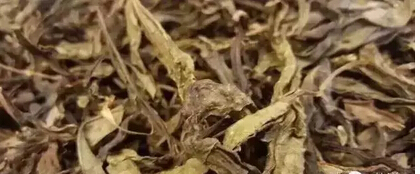
So-called "Yellow Leaves" are essentially the older leaves from tea trees, which turn yellow over time, hence the name. These leaves are the ones sorted out during the raw material screening process because they are loose and large, failing to form tight strands during rolling. According to production standards, these tea leaves are referred to as "Yellow Leaves."
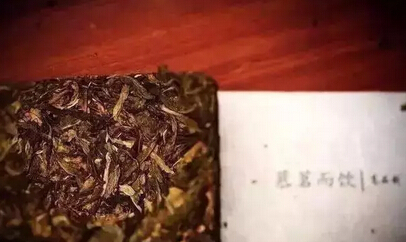
Many who are unaware of the facts claim that Yellow Leaves are "diseased, withered, or old leaves," which is incorrect. Withered or diseased leaves cannot be rolled and processed into finished products. Typically, before selling raw tea, farmers manually pick out the Yellow Leaves from the batch, which is a labor-intensive task.
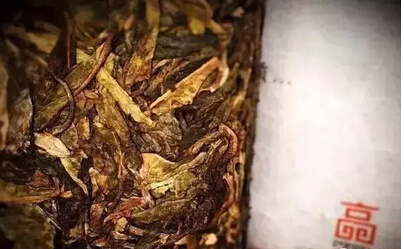
Yellow Leaves form in two ways: first, as the third leaf beyond the standard one-bud-one-leaf or one-bud-two-leaf plucking (rarely the fourth leaf); second, when the leaves are not rolled tightly enough during processing, resulting in looser strands. In these cases, the fixation process may cause the leaves to turn yellow or deepen in green hue. If these leaves are not removed, the appearance of the final compressed tea product would be less appealing.
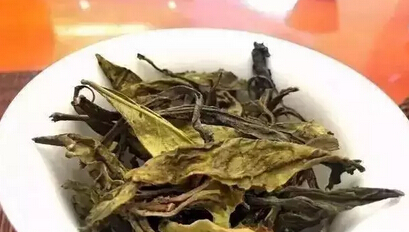
The quality of Yellow Leaves matches that of the raw tea material. They are mostly third leaves, discarded for their appearance but not for inferior quality. On the contrary, older Yellow Leaves, with their thicker tissue, are known for their mellow, sweet taste and long-lasting infusions. To brew Yellow Leaves, slightly increase the amount of tea used, ensure the water is boiling, and steep for a longer time to fully extract the flavors. Experimentation is key to finding the right balance. Some tea lovers even boil Yellow Leaves to enhance their smooth, sweet, and aromatic qualities.
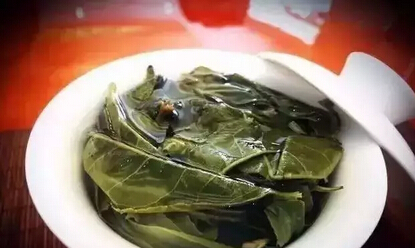
Yellow Leaves are neither bitter nor astringent, with a unique aroma. Unlike tender raw tea, they are gentler on the stomach. If sourced from ancient tea trees, Yellow Leaves are exceptionally pleasant to drink in their early years and age beautifully, becoming even more captivating over time.
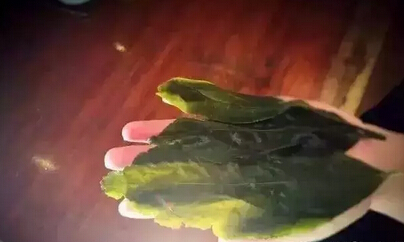
Yellow Leaves have a higher maturity level, with lower polyphenol, theine, and caffeine content compared to tender buds but higher polysaccharide levels. During processing, they undergo less rolling, so their cell structures remain largely intact, slowing the release of compounds. This results in a sweeter, milder taste with minimal bitterness. Additionally, teas made from Yellow Leaves age faster, developing a smoother, woodier, and more aged aroma.
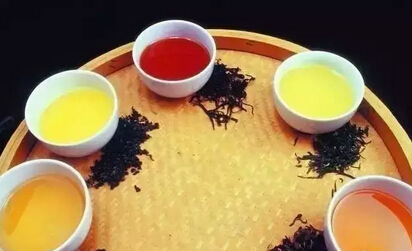
When brewing aged Yellow Leaves, slightly increase the tea quantity, use boiling water, and extend the steeping time to fully unlock their flavors. Adjustments can be made based on personal preference. For a richer experience, try boiling them. A cup of tea made from aged Yellow Leaves offers a delightfully sweet and mellow taste.